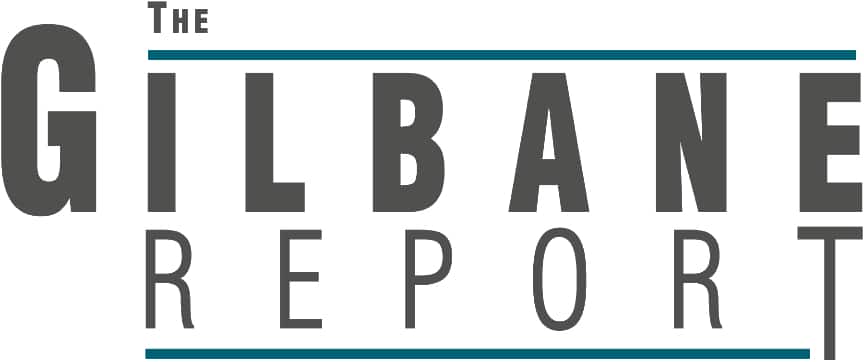ProQuest is improving the accessibility of subscription and open access content on its platform with a series of enhancements designed to boost research, teaching and learning outcomes. These enhancements include:
- A new starting point for research: Now, users can begin their search from the open web by visiting search.proquest.com. Through their search results, they’ll be delivered straight to the resources their library subscribes to.
- New preview feature: Users can search, find and preview the content of nearly a billion ProQuest documents directly from the open web for better discoverability.
- Broader discovery of open access content: Researchers can access an ever-expanding universe of scholarly full-text open access sources directly – all indexed and delivered with the same level of quality and precision as ProQuest’s subscription content.
These enhancements are now live, with no action required by libraries or their users to activate. They’re part of ProQuest’s larger, ongoing initiative to add value to its solutions, expand pathways to access and help libraries increase usage of their resources.


